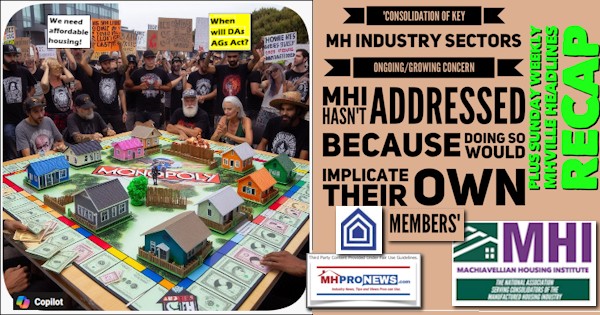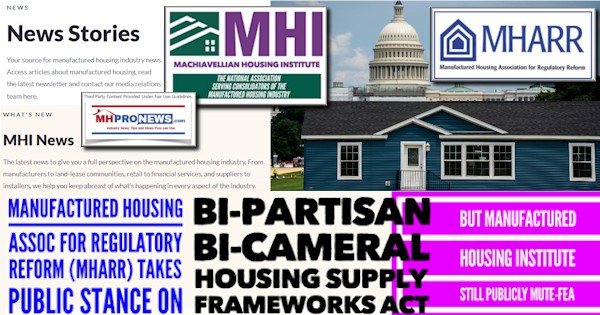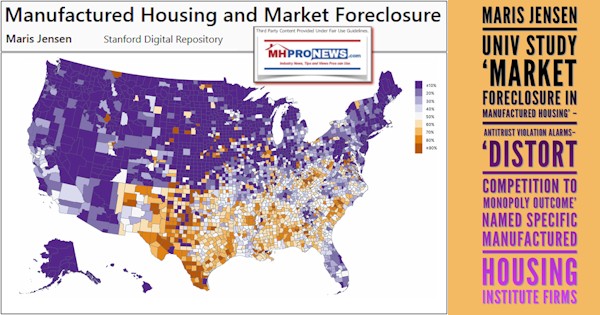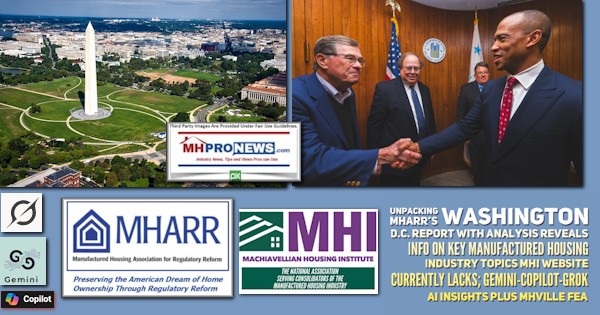
Additionally, the original proposal would have erased the distinction between full-approved and conditionally-approved SAAs and “eliminated ‘supplemental’ SAA payments designed to maintain funding at 2000 levels for states that subsequently fell below 2000 base level funding.”
These deep cuts in SAA payments would have eliminated a number of SAAs from the federal-state partnership that is the core of the program as designed by Congress, thereby strengthening HUD’s monitoring contractor which performs the function of SAAs in non SAA states and increasing its presence which MHARR refers to as a “chokehold.”
While HUD’s current alternative proposal would maintain current funding levels as a “floor” for SAA payments, MHARR says HUD has not succinctly spelled out all the exact details of the new proposal, particularly the provision that funding equals or exceeds the levels of the year 2000. MHARR will analyze the new proposal to ascertain that it complies with the 2000 reform law. ##
(Image credit: cnnmoney)


























